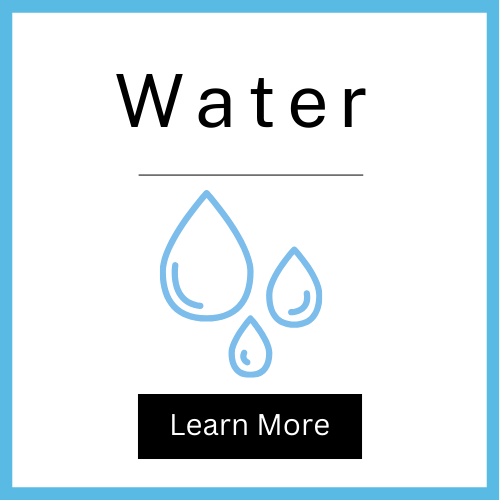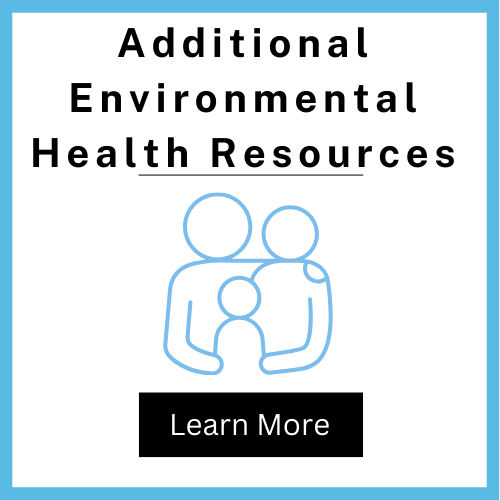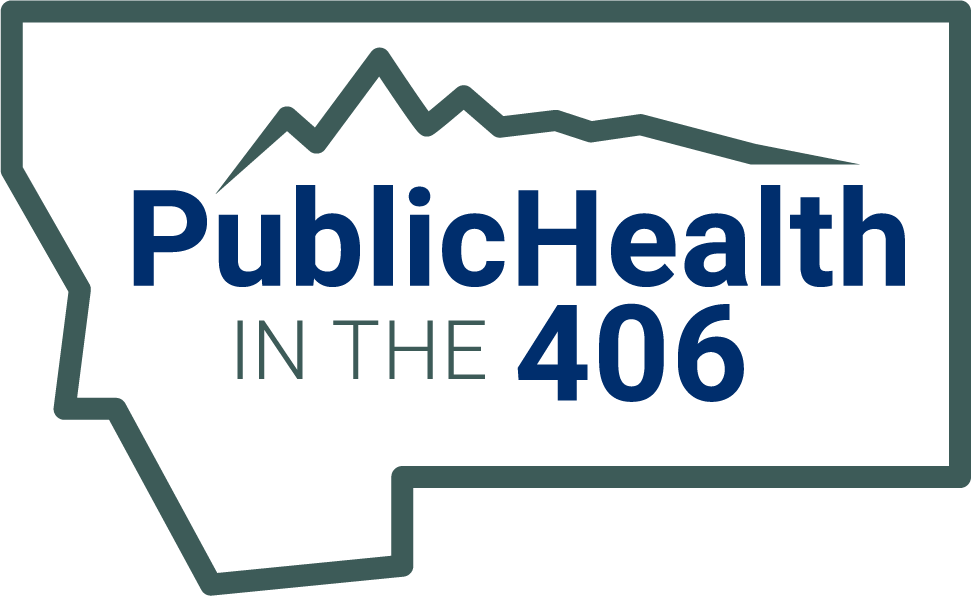- I am looking for
-
- Wellness and Prevention Services
- Diseases and Conditions
- Emergency Preparedness and Response
- Environmental Health
- Family Health
- Healthy Living
- Injury, – Violence and Safety
- Injury Prevention
- Laboratory Services
- Data and Statistics
- Health Data and Statistical Reports
- DPHHS Dashboards
- A Healthier Montana
- Senior Services
- Adult Protective Services
- ADRC Resource Directory
- Aging and Disability Resource Center (ADRC)
- Aging Horizons
- Aging Services
- Area Agencies on Aging
- Assisted Living (Licensure)
- Big Sky Rx
- Centenarians
- Estate Planning / Legal Services
- Home and Community Based Services
- Information and Assistance/Referral
- Lifespan Respite
- Long Term Care Ombudsman
- Montana Pharmacy Assist Program
- Nursing Facilities and other Living Options
- Nutrition
- Options Counseling
- Senior and Long Term Care Division
- SHIP - State Health Insurance Assistance Program
-
- Health Coverage and Other Assistance
- Montana Medicaid
- Federal Marketplace
- Assistance Programs
- Child and Adult Care Food Program
- Children’s Special Health Services
- Healthy Montana Kids
- Healthy Montana Kids Plus
- Montanans with Disabilities
- Children’s Mental Health Services
- SNAP (Supplemental Nutritional Assistance Program)
- TANF (Temporary Assistance for Needy Families
- Home Energy, Water and Weatherization Assistance Programs
- WIC (Women, Infants and Children)
- Disability Services
- Adult Protective and Legal Services
- Aging & Disability Resource Center (ADRC)
- Americans with Disabilities Act
- Blind and Low Vision Services
- Children's Mental Health
- DDP Medicaid Waiver Overview
- Developmental Disabilities Program
- Disability Determination Services
- Disability Employment & Transitions
- Home and Community Based Services
- Independent Living Services
- Lifespan Respite
- Intensive Behavior Center
- MTAP (Montana Telecommunications Access Program)
- Montana Relay
- Public Transportation Coordination
- Long Term Care Ombudsman
- Qualified Sign Language Interpreters
- Vocational Rehabilitation
- Youth Transitions
-
- Family Services
- Adolescent Health
- Child and Adult Care Food Program
- Child Care Provider's Dashboard
- Child Support Services
- Children’s Special Health Services
- Children’s Trust Fund
- Early Childhood Services Bureau
- Montanans with Disabilities
- Pregnancy and Early Childhood
- Licensing and Certification
- Certifying healthcare services
- Licensing healthcare and residential services
- Licensing childcare
- Licensing Restaurants
- Facilities
- State-Run Healthcare Facilities
- Montana State Hospital - Warm Springs
- Mental Health Nursing Care Center - Lewistown
- Intensive Behavioral Center - Boulder
- Montana Chemical Dependency Center - Butte
- Veterans' Homes
-
-
- DPHHS Provider
- MT Medicaid
- Childcare
- Healthcare
-
- DPHHS Partner
A-Z Index
DPHHS is offering one-time incentive payments to recruit employees at Montana’s state-run health care facilities. For more information go to Work4DPHHS.com
Attention Veterans: Please take the Veterans Long-Term Care Needs survey. This survey is extended to July 15, 2024






